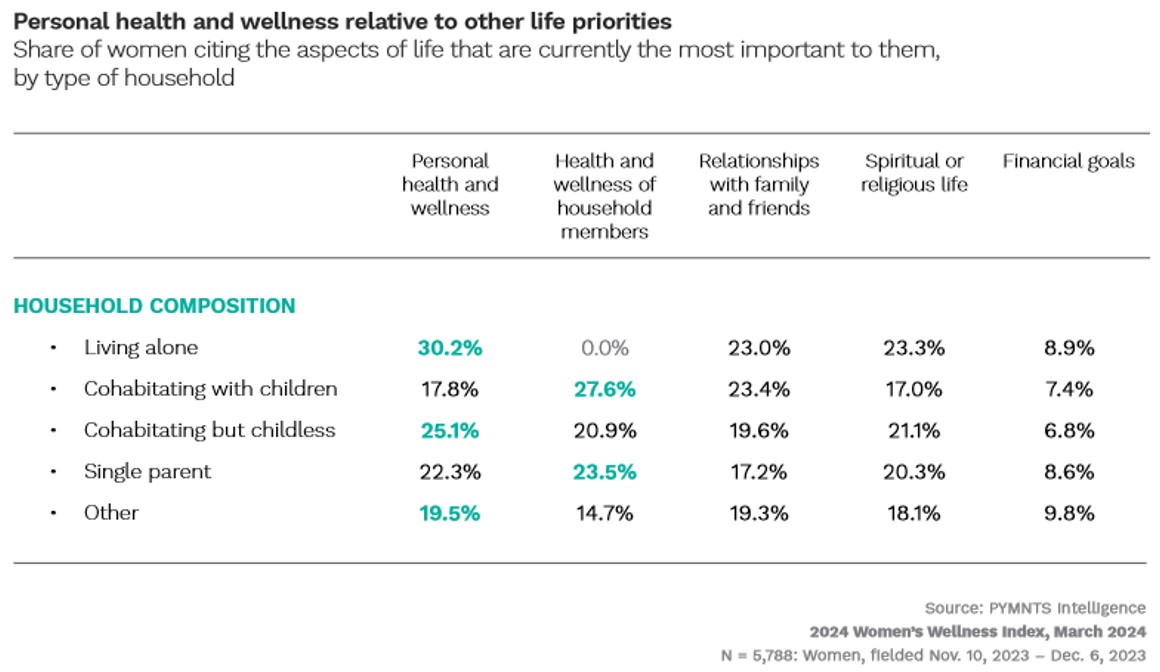Senator Blames ‘Pink Tax’ for Undermining Women’s Financial Wellness
A Pennsylvania lawmaker has once again put the so-called “pink tax” in the spotlight.
In a new study, U.S. Sen. Bob Casey, D-Pa., accuses corporations of disproportionately undermining the financial well-being of women by charging them more than what men pay for day-to-day products and services, a practice commonly referred to as the pink tax.
“From personal care products to car insurance to school supplies, corporate CEOs are pink-taxing women and girls on products and services they need,” Casey says. “It’s clear that corporations have been making it harder for American women to save and get ahead financially.”
Casey is far from the first government official to accuse corporations of gender price fixing. In 2018, the Government Accountability Office issued a report on the pink tax, concluding “the target gender for a product is a significant factor contributing to price differences identified.”
Last year, authors of a study issued by J.P. Morgan Wealth Management reached a similar conclusion, saying that the pink tax does indeed cost women more — on average, about $1,300 more per year. And although the study found that the phenomenon is “still prevalent,” it added that some states and companies were making strides to eradicate the upcharge.
More recently, PYMNTS Intelligence found that it appears women spend 8% less on their own health than men do. However, the data also suggests that spending less now can cost women more in healthcare expenses in the long run. Additionally, women with children are more likely to forgo their own healthcare needs in favor of their children’s.
These are just two findings included in our “2024 Women’s Wellness Index,” a collaboration with CareCredit. The report draws on insights from 10,045 U.S. consumers and explores the health and well-being of women across generations and life stages. A multitude of factors were considered in gauging the health of women including age, income, education, employment and more.
When these factors are taken into account, younger women (Gen X, millennials and Gen Z) scored consistently lower than gendered averages, while baby boomer and senior women scored the highest among the generations, reflecting a heightened ability to focus on their own health.
Women are actually 11% more likely to research aspects of health and wellness on their own and are 19% more likely than men to look for the best medical and wellness providers. Why don’t the outcomes fully align with these skills?
Though it might seem paradoxical that our data found women with children score consistently lower in our health index relative to gendered averages than men with children, an answer to this paradox becomes clear when examining the varying priorities of different groups of women and how those contribute to disparities in health.

In short, parenting greatly shifts priorities to the household and away from the mother. For example, the highest portion (30%) of women in the survey — who prioritize personal wellness and health — were single without children. A larger portion of these respondents also prioritized relationships with family and friends (20%) and religious and spiritual beliefs (23%) compared to women with children. They also place the most importance (9%) on achieving their financial goals.
In contrast, women with children who were cohabitating with partners showed the highest inclination (28%) to prioritizing the health and wellness of household members, while at the same time, showing the lowest inclination (18%) to treat their own health and wellness as a priority.
The report also found women with children spend 26% less on their own health than their partners do each month, staking a greater portion of their money on the family’s health. Once the pink tax is taken into consideration, it means even fewer dollars filter back into their own health outcomes.
In nuclear families who are cohabitating, men spend more on healthcare than women, but on average, women spend less on their own health than men, focusing more on the broader well-being of their families.
The outliers are single women without children. They spend more on their health than single men without children — and they prioritize their own well-being. In doing so, they earn some of the best health outcomes overall, suggesting that women take care of themselves holistically when they are able to prioritize their own well-being.
As mentioned, women in general tend to pay more attention than men when it comes to their own health needs, but PYMNTS Intelligence also confirms that, for those women with children, priorities shift and the healthcare needs of the kids seem to become a top priority.
None of this helps rationalize a pink tax, but it does indeed offer one more reason women might be spending more on goods and services.
The post Senator Blames ‘Pink Tax’ for Undermining Women’s Financial Wellness appeared first on PYMNTS.com.
